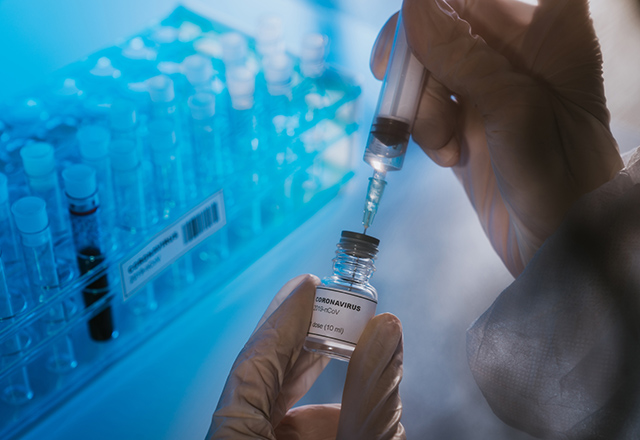With multiple respiratory viruses circulating, including the flu and COVID-19, matters are becoming complicated. However, a push for vaccinations will hopefully ease the burden of the impending second wave.
Time for Your Flu Shot
Flu season is here. In the United States, flu cases rise beginning in the fall and tend to peak in the winter between December and February. During the 2018–2019 flu season, about half of all Americans age 6 months or older received the flu vaccine. While impressive, it is not nearly the 70% of the population that the CDC and Department of Health and Human Services would like to see — and that’s during a normal year. With the COVID-19 pandemic still raging on, health agencies are urging the public to get vaccinated against the flu now more than ever.
While entering the uncharted territory of flu season combined with the pandemic, things are going to become… confusing. Common cold and flu symptoms will likely spark anxieties of having contracted COVID-19. These fears may increase waiting times at COVID-19 testing sites as people try to discern which bug they may have contracted, but diligent vaccination of as many people as possible will hopefully minimize this issue. The goal of widespread flu vaccination is also to keep more hospital beds free for COVID-19 patients, and less full of flu patients. Thankfully, I was able to convince my own parents to receive flu vaccinations for the first time in their lives this year. It will be interesting to see if there is less overall flu burden in the U.S. this season due to increased social distancing and hygiene measure, increased vaccination rates, or all of the above.
Race for a COVID-19 Vaccine
Meanwhile, 48 vaccines are currently in clinical trials with 89 more in the pre-clinical phase as scientists race to produce a winning candidate for a coronavirus vaccine as soon as possible. While six vaccines are already approved for early or limited use in other parts of the world, Phase 3 is the furthest progress we have made so far in the U.S. Phase 3 clinical trials assess side effects and efficacy of new drugs, and are typically tested in a large population of participants. Two Phase 3 front-runners are projected to file for emergency use approval for their vaccines in November and December of 2020, respectively. However, this is all contingent upon the availability of a portion of the trials’ safety and efficacy data becoming available.
One of my roommates happens to be a participant in a trial. Following her booster dose, she experienced fever and fatigue, commonly reported side effects of the vaccine. Will fear of side effects deter people from receiving a vaccine, or will people rush to be vaccinated as soon as one is available so they can resume their normal lives? While things are far from returning to normalcy, we are definitely on a high-speed train to get there, getting closer and closer to our destination.
References
- https://www.cdc.gov/flu/about/season/flu-season.htm
- https://usafacts.org/articles/how-many-americans-get-flu-shots-vaccine-cdc/
- https://www.nytimes.com/interactive/2020/science/coronavirus-vaccine-tracker.html
- https://nypost.com/2020/10/20/modernas-covid-19-vaccine-could-be-ready-by-december/
- https://www.cnbc.com/2020/10/16/pfizer-says-could-apply-for-us-emergency-use-approval-for-vaccine-in-late-november.html
Related content
- Anti-Vax to Anti-Mask: Processing Anti-Science Claims During a Pandemic
- Novel Coronavirus Research Compendium – A Collaborative Effort
- The Student Scientists Behind the (Future) Coronavirus Cure
Want to read more from the Johns Hopkins School of Medicine? Subscribe to the Biomedical Odyssey blog and receive new posts directly in your inbox.
